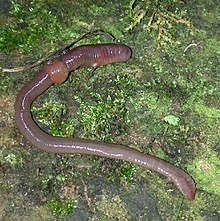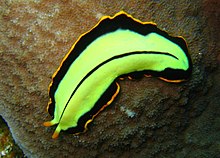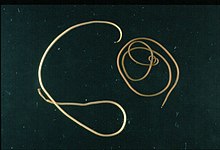Worm
Worms are many different distantly related bilateral animals that typically have a long cylindrical tube-like body, no limbs, and usually no eyes.
In biology, "worm" refers to an obsolete taxon, Vermes, used by Carolus Linnaeus and Jean-Baptiste Lamarck for all non-arthropod invertebrate animals, now seen to be paraphyletic.
Invertebrate animals commonly called "worms" include annelids, nematodes, flatworms, nemerteans, chaetognaths, priapulids, and insect larvae such as grubs and maggots.
In taxonomy, "worm" refers to an obsolete grouping, Vermes, used by Carl Linnaeus and Jean-Baptiste Lamarck for all non-arthropod invertebrate animals, now seen to be polyphyletic.
[7] In the 13th century, worms were recognized in Europe as part of the category of reptiles that consisted of a miscellany of egg-laying creatures, including "snakes, various fantastic monsters, lizards, assorted amphibians", as recorded by Vincent of Beauvais in his Mirror of Nature.
Lobopodians are an informal grouping of extinct panarthropods from the Cambrian to the Carboniferous that are often called worms or "worm-like animals" despite having had legs in the form of stubby lobopods.



